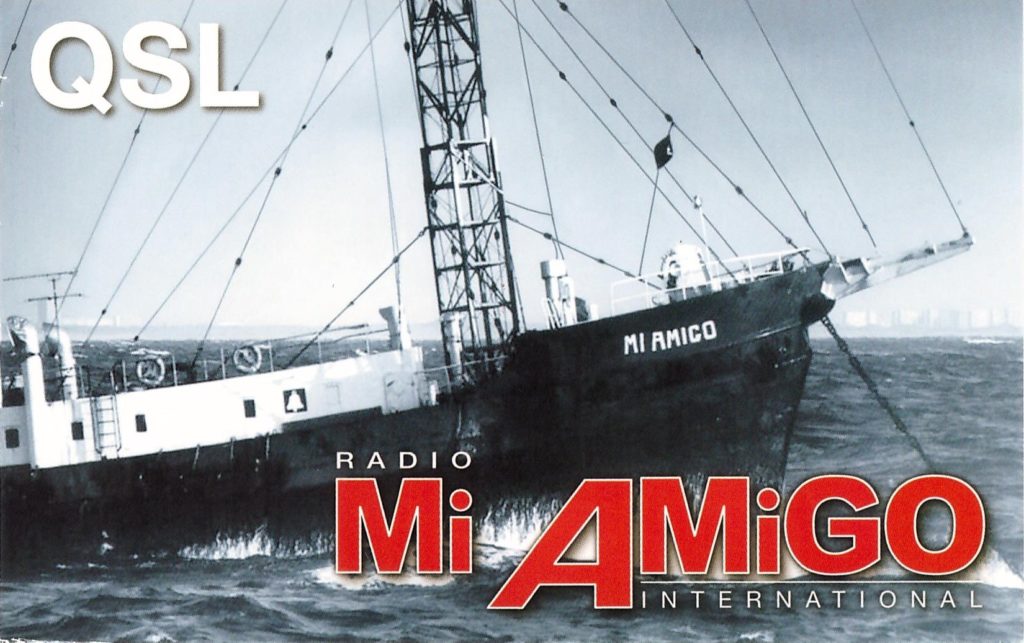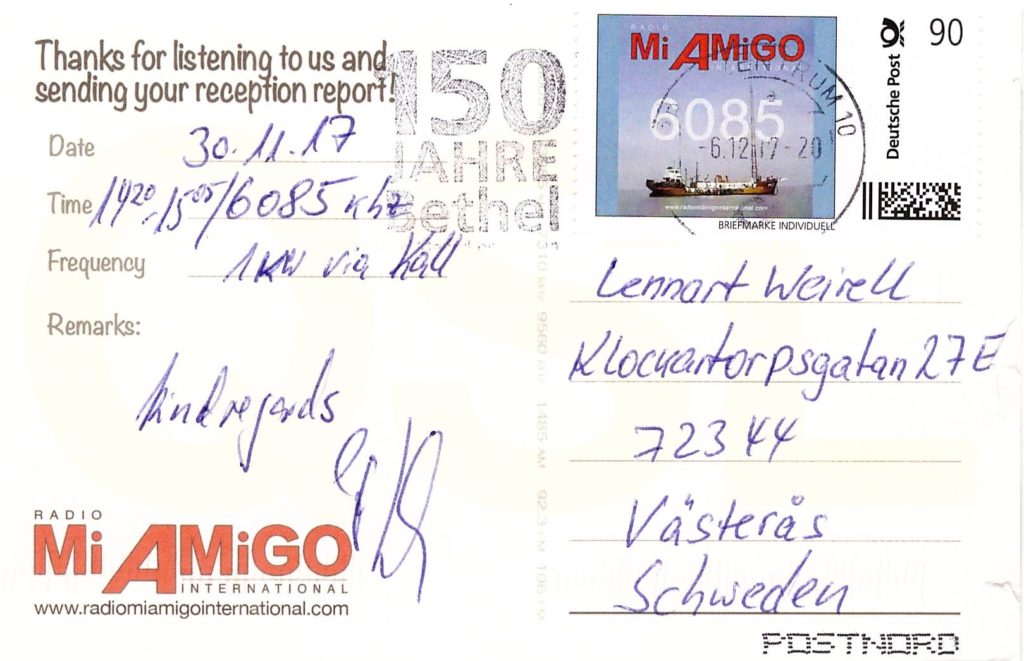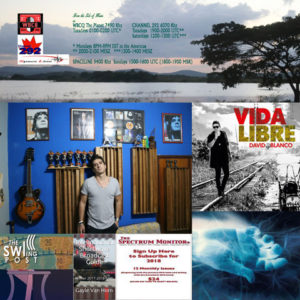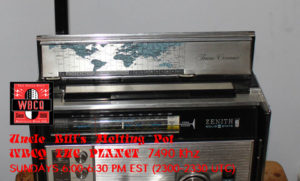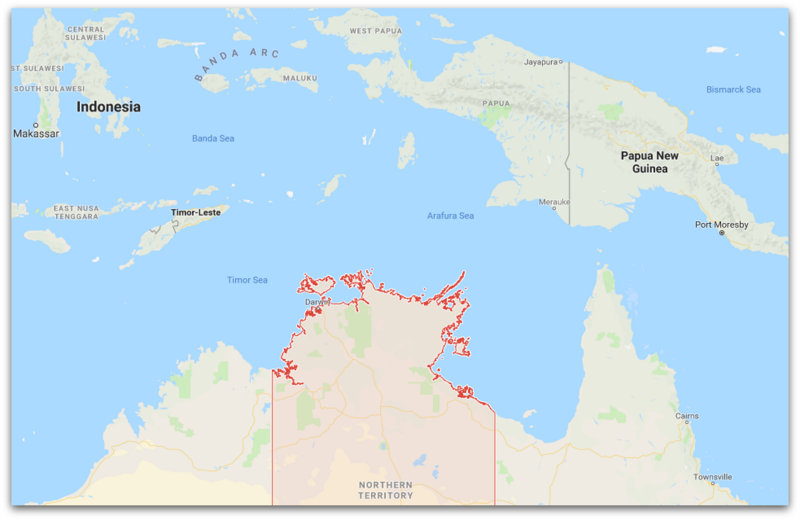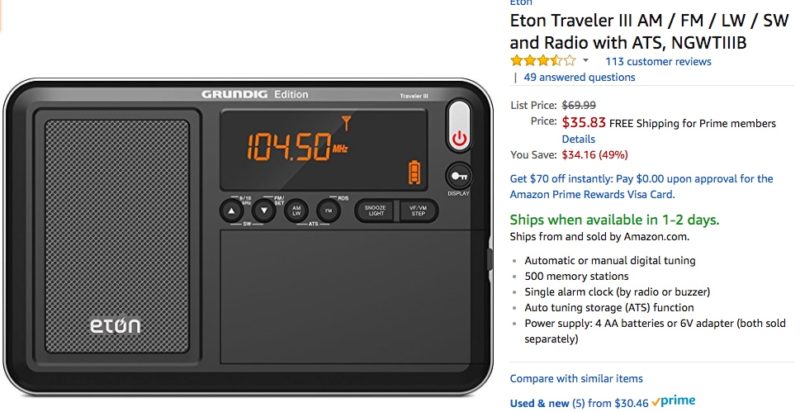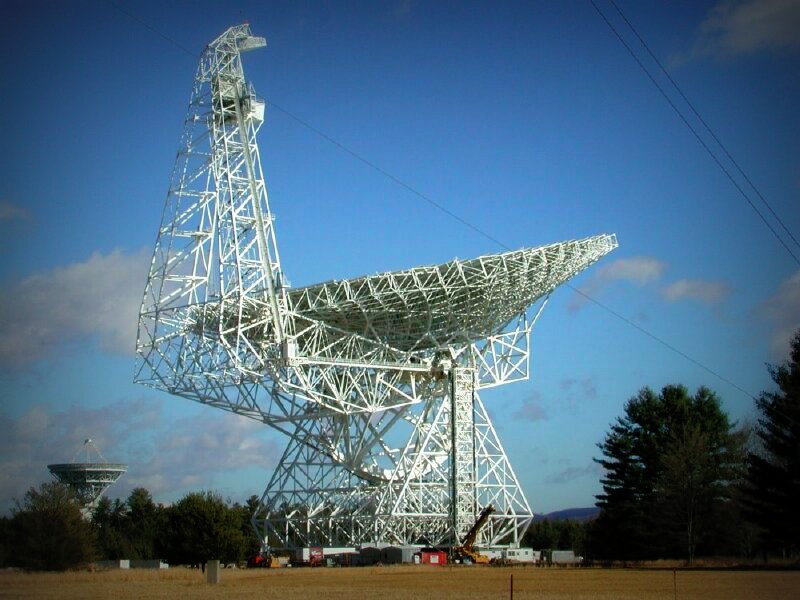
Many thanks to SWLing Post contributor, Ferruccio Manfieri, who writes:
I bother you to mention this uncommon radio listening project i’ve just found via The Guardian:
Green Bank telescope in West Virginia will listen for radio signals from ‘Oumuamua, an object from another solar system
Astronomers are to use one of the world’s largest telescopes to check a mysterious object that is speeding through the solar system for signs of alien technology.
The Green Bank telescope in West Virginia will listen for radio signals being broadcast from a cigar-shaped body which was first spotted in the solar system in October. The body arrived from interstellar space and reached a peak speed of 196,000 mph as it swept past the sun.
Scientists on the Breakthrough Listen project, which searches for evidence of alien civilisations, said the Green Bank telescope would monitor the object, named ‘Oumuamua, from Wednesday. The first phase of observations is expected to last 10 hours and will tune in to four different radio transmission bands.
“Most likely it is of natural origin, but because it is so peculiar, we would like to check if it has any sign of artificial origin, such as radio emissions,” said Avi Loeb, professor of astronomy at Harvard University and an adviser to the Breakthrough Listen project. “If we do detect a signal that appears artificial in origin, we’ll know immediately.”
The linked article says that “(…)Scientists on the Breakthrough Listen project, which searches for evidence of alien civilisations, said the Green Bank telescope would monitor the object, named ‘Oumuamua, from Wednesday. The first phase of observations is expected to last 10 hours and will tune in to four different radio transmission bands.”
From the website of the project (http://breakthroughinitiatives.org/initiative/1):
Breakthrough Listen is the largest ever scientific research program aimed at finding evidence of civilizations beyond Earth. The scope and power of the search are on an unprecedented scale:
The program includes a survey of the 1,000,000 closest stars to Earth. It scans the center of our galaxy and the entire galactic plane. Beyond the Milky Way, it listens for messages from the 100 closest galaxies to ours.
The instruments used are among the world’s most powerful. They are 50 times more sensitive than existing telescopes dedicated to the search for intelligence.
The radio surveys cover 10 times more of the sky than previous programs. They also cover at least 5 times more of the radio spectrum – and do it 100 times faster. They are sensitive enough to hear a common aircraft radar transmitting to us from any of the 1000 nearest stars.
In particular:
“Listen’s observation campaign will begin on Wednesday, December 13 at 3:00 pm ET. Using the Robert C. Byrd Green Bank Telescope, it will continue to observe ‘Oumuamua across four radio bands, from 1 to 12 GHz. Its first phase of observations will last a total of 10 hours, divided into four “epochs” based on the object’s period of rotation.”
I know it’s out of our common shortwave range and scope of interest, but as a radio listening enthusiast I’m fascinated by this visionary scientific enterprise.
Thank you, Ferruccio, for sharing this. Being a fan of radio astronomy, SETI, and weak signal DXing, of course I find this fascinating! Thanks for sharing!
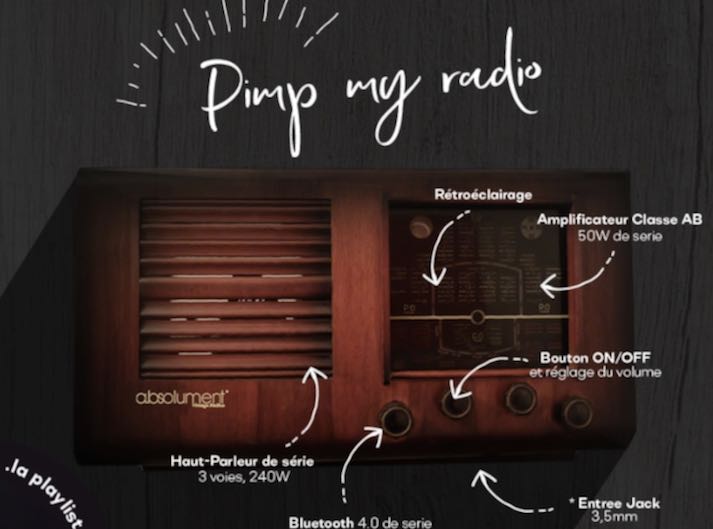 Many thanks to SWLing Post contributor, Kim Elliott, who shares this link to a French company called a.bsolument who specializes in converting vintage valve radios into hi-fidelity Bluetooth-connected audio devices.
Many thanks to SWLing Post contributor, Kim Elliott, who shares this link to a French company called a.bsolument who specializes in converting vintage valve radios into hi-fidelity Bluetooth-connected audio devices.

